What Triggers Algal Blooms in Sandusky Bay?
Living on Lake Erie, people become familiar with the bright green paint look of Microcystis harmful algal blooms in the water, and management efforts have been focused on this nuisance for a while now. However, in Lake Erie’s Sandusky Bay, another cyanobacterial species is more prevalent, as Planktothrix blooms stain the bay’s water a dark olive green.
Both Microcystis and Planktothrix produce microcystin, a powerful toxin that can affect the liver, nervous system, and skin. However, the two species seem to prefer different nutrients: Microcystis uses phosphorus, while Planktothrix prefers nitrogen. Both types of algae also come in toxin-producing and non-toxic varieties, and little is known about what causes their blooms to become toxic.
A Fateful Bond
When harmful algal blooms approach shoreline communities along Lake Erie, residents get worried: in addition to being generally unpleasant, the overabundance of blue-green algae could very well be producing microcystin, a toxin that affects the liver, skin, and nervous system. Water treatment plants that draw drinking water directly from the lake have learned to deal with the toxin, but the additional treatment cost can add up quickly at $3,000 per day.
An additional problem is posed by the fact that not all algal blooms are toxic, not all seemingly clear water is free of microcystin, and not all of the microcystin produced in an algal bloom is dissolved in the water column. Some of it may also adhere to sediments, which would make the toxin stick around for longer than it would if it remained in the water.
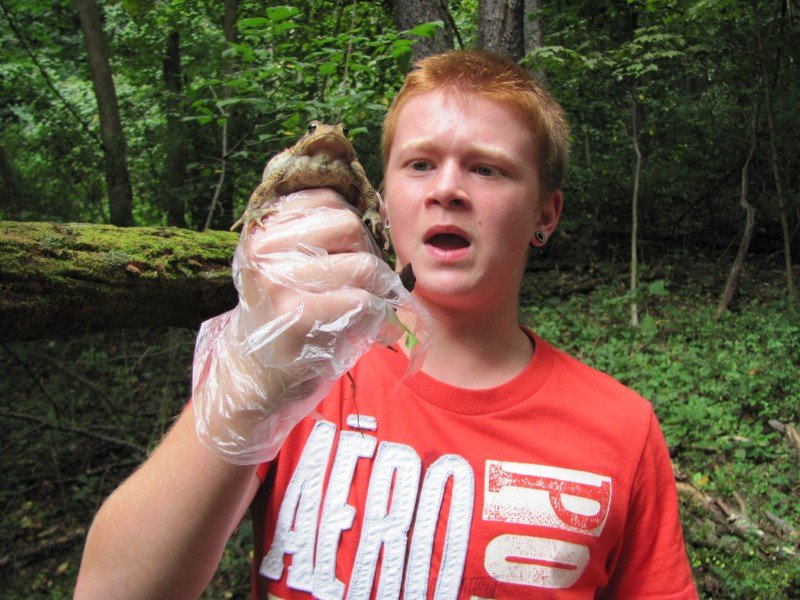
Environmental Education Goes Local
Students who live in Great Lakes states or near an ocean coast may know about the importance of those natural resources from school, but many have never had the chance to experience that particular ecosystem up close. To help them connect the theory of what they learn in class with hands-on experiences that bring them closer to their local natural areas, the National Oceanic and Atmospheric Administration (NOAA) created the Bay Watershed Education & Training (B-WET) program in 2002.
After the Birds Have Gone
The words “avian influenza” – more commonly referred to as “bird flu” – still have a scary ring to them, even a few years after the massive media coverage from Asia. While the stories have all but disappeared from American news, researchers around the world continue to focus on avian influenza viruses, tracking their movements, and working to prevent their spread and contain outbreaks.

Keeping It Clean
On a warm, sunny day, the Lake Erie shore abounds with visitors. From beachgoers and swimmers to anglers and boaters, people often travel from far away to spend time on the lakeshore, and businesses in the region rely on visitor spending for much of their income.
Those businesses include recreational marinas, where private boat owners and charter captains dock their vessels when they’re not out on the lake. Because of their location right on (and in) the water, marinas along the Lake Erie shore contribute greatly to the health and wellbeing of the lake ecosystem.
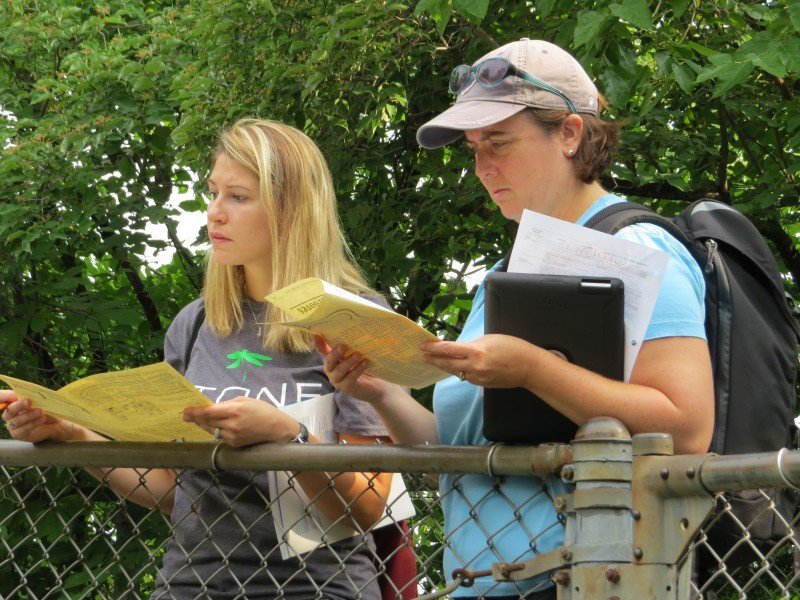
Exchange of Ideas
A big part of the Stone Lab experience, aside from doing science in a real-world island setting, is exploring knowledge and sharing ideas with like-minded individuals from all over the Great Lakes region. This can be especially important for working professionals like the educators that take classes at Stone Lab every summer, as this exchange of ideas helps them adapt learning to their specific education setting.
Ohio Sea Grant Email Newsletters
I manage Ohio Sea Grant’s email newsletter program, from a monthly general newsletter to specialized research and donor newsletters.

Put-in-Bay Celebrates Battle of Lake Erie Bicentennial
200 years ago, men in uniform were a well-known presence at Put-in-Bay, as sailors of the United States Navy were stationed there during the War of 1812. uring Labor Day weekend 2013, uniforms – this time worn by both men and women – again made an appearance during the festivities that celebrated the Bicentennial of the Battle of Lake Erie.
New Ohio Sea Grant Project Helps Determine Lake Erie’s Value to Its Residents
For some things, it’s easy to define their value: a pair of jeans or a pizza is worth whatever someone has paid for them. But for others, like a pristine beach or a great fishing spot, worth is much harder to define. In one of the research projects recently funded by Ohio Sea Grant, scientists and economists from Ohio State University will develop an economic model that does just that, to help policy makers decide which conservation practices will raise the value of the Lake Erie ecosystem to its residents and visitors.

Surveying the Landscape
Northwestern Ohio’s landscape is marked mostly by agriculture, with farms of all sizes stretching across the Maumee River watershed and beyond.
A collaborative project, led by Ohio State University, is examining the connection between people’s perception of the health of Lake Erie and the Maumee River watershed, the actual state of these ecosystems, and how both are likely to shift under future influences like climate change. The overall project is funded by a National Science Foundation program aimed at examining the connection between human and natural systems – how humans influence an ecosystem, and how changes in that ecosystem in turn affect humans’ perception of and future actions towards it.
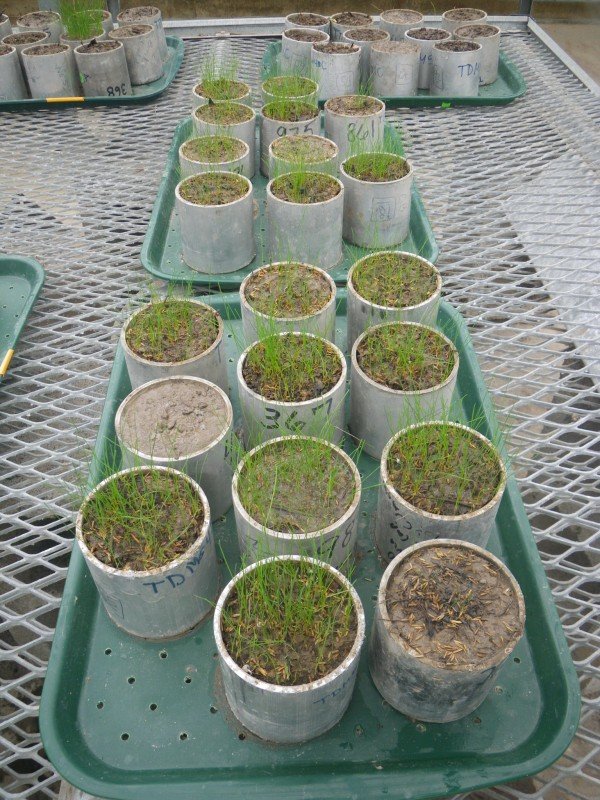
New Life for Dredged Material
Dredging shipping channels is an unavoidable part of harbor maintenance in the western Lake Erie basin. In Toledo, the Army Corps of Engineers removes about one million cubic yards of sediment from the Maumee River each year, washed downstream by heavy rainstorms and agricultural runoff. But once the sediment is removed from the shipping channel, where does it go?
Conservation Assessment Tools
When algal blooms hit Lake Erie, discussions about the blooms’ causes become hot topics in the surrounding communities. But while Lake Erie algal blooms are an important concern for the region, people often don’t think about the impact that those nutrients and sediments can have on the watershed before they reach places like Sandusky Bay. Where do these problematic materials come from? Where do they enter the waterways? How do they affect plant and animal life, both in the stream and along streambanks? And what are the best ways to reduce the impacts of nutrients and sediments, both on local streams and on their eventual destination, Lake Erie?
Digging Deeper Into Science
Between science fair projects and a summer class at Stone Lab, Erin Rogers is already well on her way to a career in the sciences. This summer, the Tippecanoe High School junior from Tipp City, Ohio spent a week at Stone Lab, studying local plants and exploring the Lake Erie shoreline.
Methane Sources in Lake Erie
On a late summer day on Lake Erie, what looks like an upside down bucket, surrounded by an inner tube and attached to hoses and wires, floats next to a Stone Lab research vessel. On the boat, a research team is taking air samples from below the bucket for later analysis, and measuring environmental conditions like air and water temperature.
Dr. Amy Townsend-Small and her students are measuring methane emissions from the surface of Lake Erie. Like carbon dioxide, methane acts as a greenhouse gas in the atmosphere, trapping heat and contributing to global warming.
Fishing for Change
Lake Erie supports some of the most important fisheries in the Great Lakes, and many businesses along the shore rely on this influx of income, from restaurants and hotels to charter fishing operations. But as climate changes in the region, currently popular fish species like yellow perch may become less abundant, potentially forcing industries and customers alike to adapt their habits.
Dr. Stuart Ludsin, Assistant Professor in Ohio State University’s Department of Evolution, Ecology and Organismal Biology (OSU-EEOB), is studying the potential impacts of climate change on fish in the Great Lakes, and focusing particularly on two predicted impacts: warming temperatures and an increase in extreme precipitation.
Sharing Knowledge with a New Generation
Educator classes at Stone Lab don’t just give teachers new ideas for the classroom. For some, that first Stone Lab experience encourages them to expand their lessons beyond the traditional school setting, and may take them farther away from it than they ever expected.
Scott Hoff, a high school teacher at Bluffton Schools in northwestern Ohio, was introduced to Stone Lab 22 years ago, as a first-year teacher.
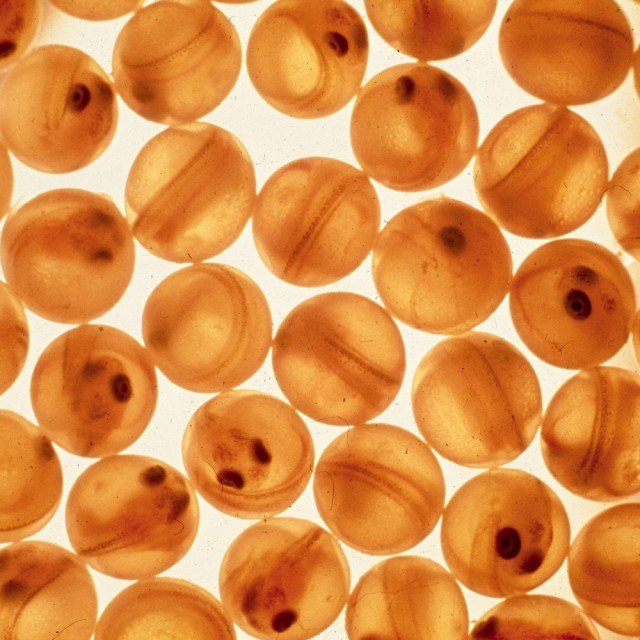
Bigger, Faster, Stronger
Yellow perch is a staple of Lake Erie restaurant menus, with menu boards along the shore advertising everything from classic fish fry to local specialties. While most of these fish were likely caught in the wild, some of them will have come from aquaculture: fish farms throughout the Great Lakes region raise yellow perch, and aquaculture sales in Ohio tripled from $1.8 million to $6.6 million in 2010.
As with all agriculture products, selective breeding – a process in which parents are selectively bred to enhance specific desired traits in their offspring – has improved production and led to most of the fruits, vegetables, and farm animals we know today. Corn kernels are larger and more uniformly colored than those produced by ancient corn plants, dairy cows produce more milk than their ancestors, and commercial bananas are larger and sweeter than their ancestors, to name just a few examples of genetically improved species.
Tracking Viral Infection in Lake Erie Fish
In the summer of 2006, students at the University of Toledo’s Lake Erie Center made a ghastly discovery on the beach across the street: dead fish washed up on the shore, and struggling fish in the shallow water, all showing bright red hemorrhages on their sides. The students and their instructor, Dr. Carol Stepien, later found out that they had witnessed the first outbreak of viral hemorrhagic septicemia virus, or VHSv, in western Lake Erie.
Improving Business
Ohio Sea Grant’s annual Charter Captains Conference has become a tradition for Lake Erie charter boat captains, with many attendees regularly returning for the latest updates in Lake Erie fishing, regulations, and business opportunities. This year’s conference was no exception, with more than half of the 168 attendees indicating that they had been to a previous conference.
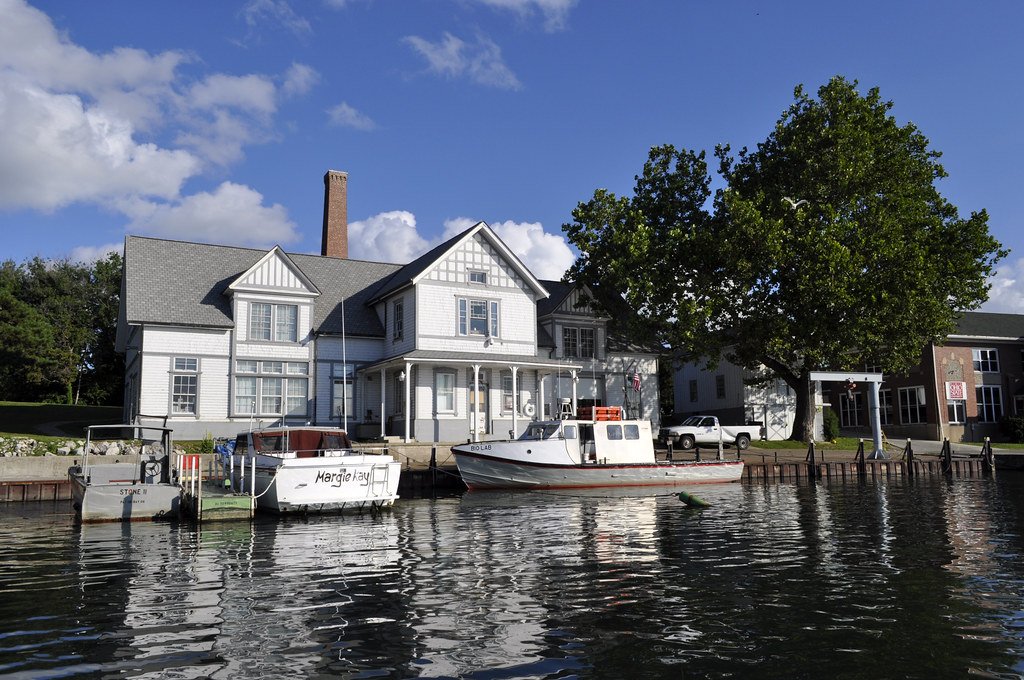
Future Research Leaders Made Here
South Bass Island is mostly known as a summer vacation spot on the Lake Erie islands, full of restaurants, marinas, and hotels. However, the island also hosts Ohio State University’s Stone Laboratory, the oldest freshwater field station in the United States and the center of Ohio Sea Grant’s teaching, research, and outreach work on Lake Erie.